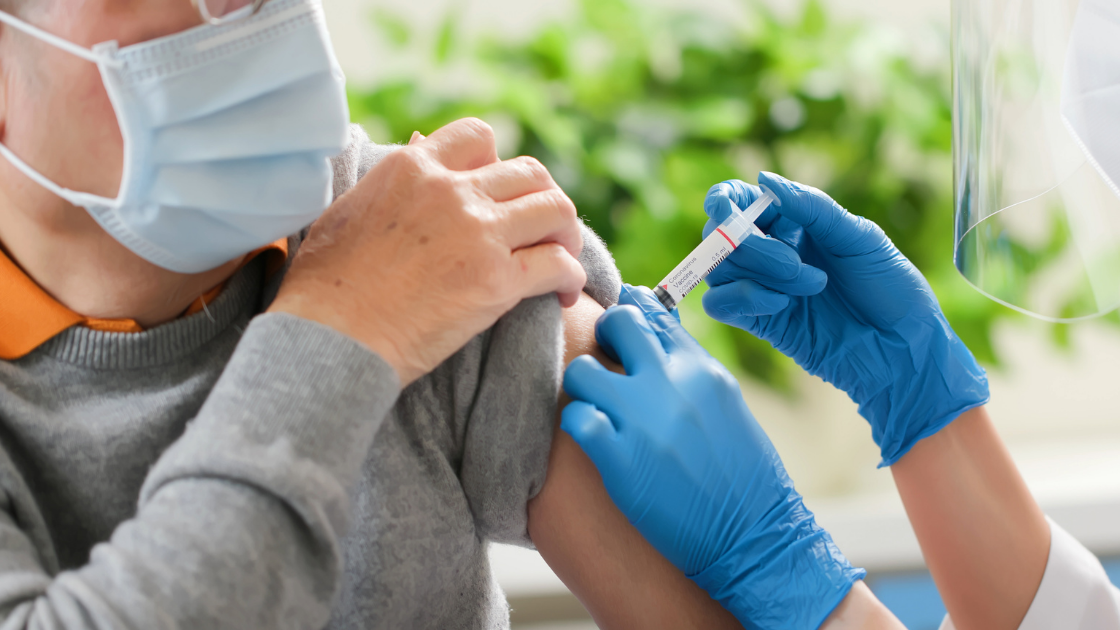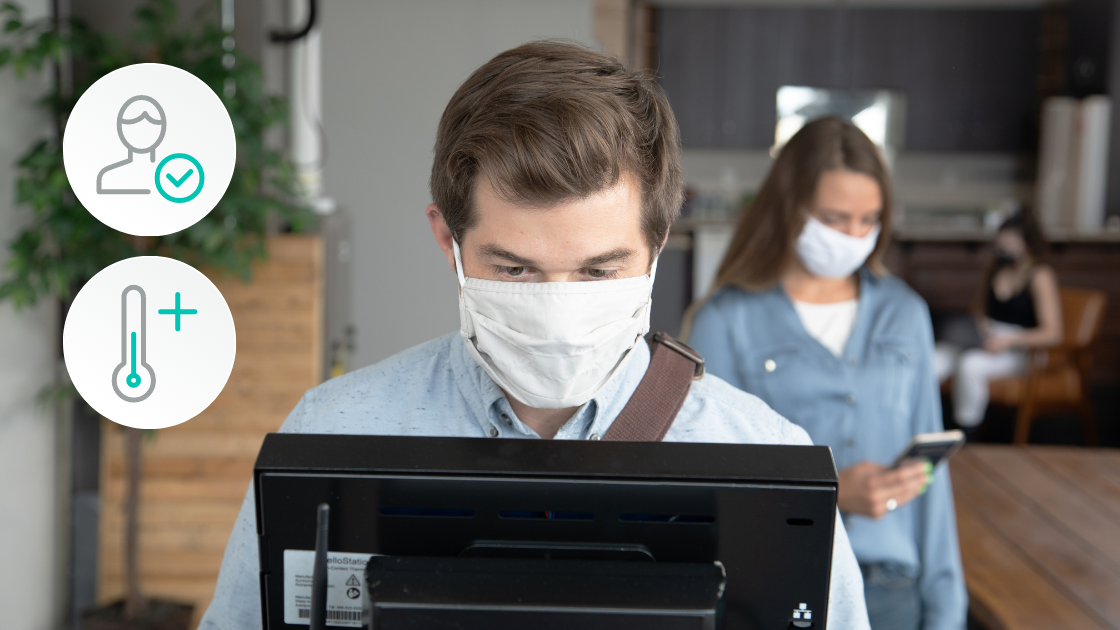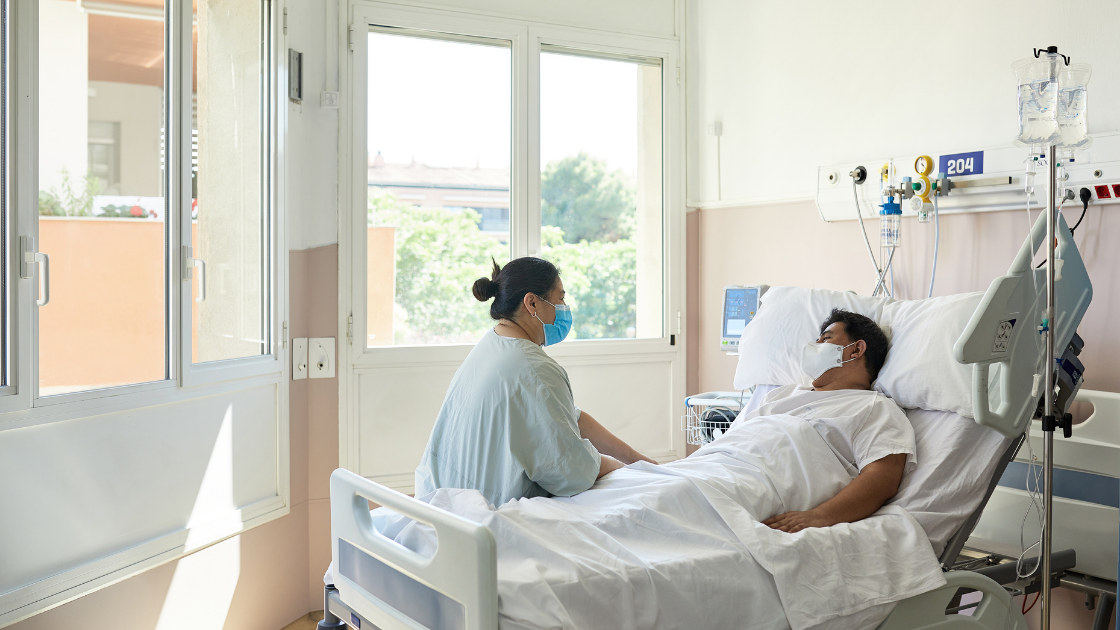As part of an ongoing effort to combat the spread of Covid-19 and protect employees, The U.S. Department of Labor’s Occupational Safety and Health Administration (OSHA) has released an Emergency Temporary Standard for the healthcare industry. These new safety requirements are mandatory.
While there are a few exceptions such as pharmacies in retail settings and home healthcare settings where all employees are fully vaccinated, these standards apply to any employer where employees provide healthcare services.
In this post, we will review a few of the standards and discuss what they mean for healthcare facilities.
Developing and implementing a Covid-19 plan
OHSA is requiring all healthcare facilities to implement a Covid-19 plan that selects a safety coordinator or multiple to take charge of the plan. The coordinators must involve non-managerial employees in making the plan, and conduct a workplace hazard assessment to find Covid risks. The plan should be monitored and updated as needed.
This standard is pretty straight forward in the sense that OSHA wants to ensure all healthcare facilities at least have a plan in place to minimize the risk of transmission. If a facility has clear plans that are clearly communicated, there is less confusion among employees about what is expected and how to handle certain situations.
Screening patients, visitors, and other nonemployees
Since the start of the pandemic, many healthcare facilities (and even non-healthcare facilities) have screened people upon entry for symptoms or exposure to Covid-19, as well as performed temperature checks. OSHA is mandating that this screening process continues in any setting where direct patient care is provided, even as vaccines continue to roll out. It also requires limiting and monitoring entry points.
Preventing hospital acquired infections (HAIs) is always a top priority for medical centers, and screening for elevated temperatures and symptoms is a great way to help prevent the spread of contagious illness. The easiest, safest, and most cost effective way to perform these screenings is a temperature screening station like the welloStationX. It is the only FDA-cleared temperature station that is automated and touchless. It has clinically proven accuracy, and allows facilities to set up touchless symptom screening questionnaires in addition to the temperature screening. When tied with the Wello portal, healthcare facilities can take advantage of automated employee temperature logs that show when each employee scanned, what their temperature was, and more for quickly passing audits.
While having staff physically monitor entrances and perform the screenings is expensive and likely not a long term solution, the wellStationX is a permanent solution to help healthcare facilities stay compliant and prevent the spread of contagious infections.
Provide reasonable time and paid leave for vaccinations and vaccine side effects
This standard is meant to ensure all employees of healthcare facilities are able to get vaccinated without fear of losing pay, or facing backlash for missing work. While some healthcare facilities are requiring all employees to get vaccinated, others are leaving it up to the individuals. Either way, the OSHA standard is clear that if an employee wants to get vaccinated, their employer should make appropriate accommodations to help them do so.
By highly encouraging vaccination to all employees, healthcare facilities can reduce the chances of an outbreak within the facility. Even with new strains emerging, the evidence shows that the Covid-19 vaccines are effective. Healthcare facilities should do everything in their power to not only allow, but actively encourage all employees to get vaccinated.
Additional standards
Some of the other guidelines set forth by OSHA in Emergency Temporary Standard include:
- Following CDC guidelines for cleaning and disinfecting surfaces.
- Employer-owned or -controlled HVAC systems are used properly and air filters meet a minimum standard.
- PPE must be provided for all employees.
- Keeping an up-to-date log of all employee instances of Covid-19.
- Reporting work-related Covid-19 fatalities and hospitalizations to OSHA.
To review the ETS in full, click here.


